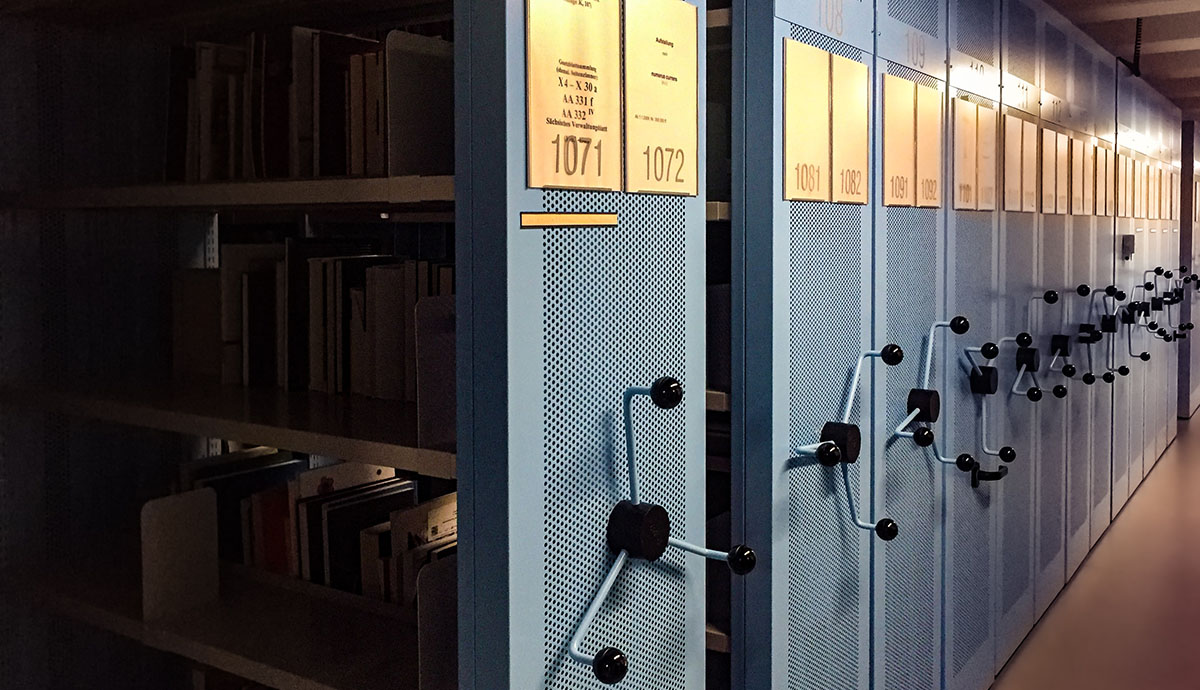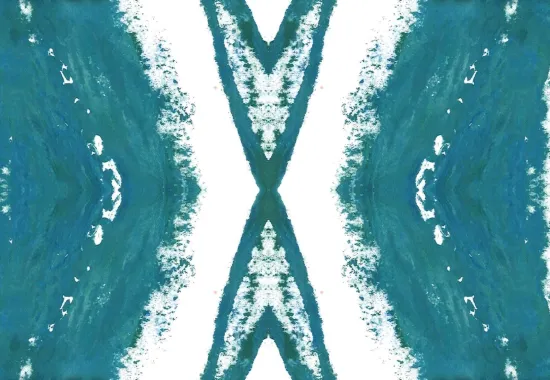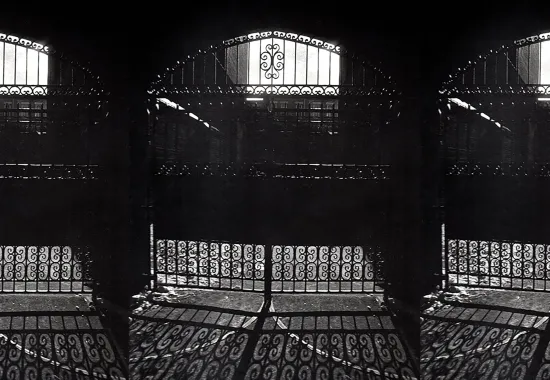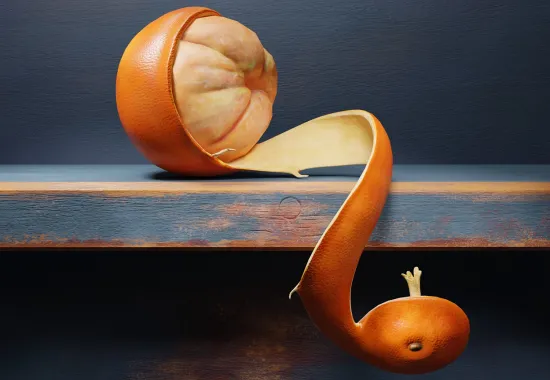The Archive’s Boundary Keeps Moving to Include Us: A Review of Elizabeth Hoover’s "the archive is all in present tense"
The archive is all in present tense (Barrow Street Press, 2022) is a first collection of poems by Elizabeth Hoover. Two of the thirty-five poems were first published in journals, and the book won the Barrow Street Poetry Book Prize chosen by A. Van Jordan. I was drawn to it by the title—I am a poet and literary historian who spends a lot of time in archives. I was interested to see what other people make of that experience and intrigued by the choice to express it in poetry.
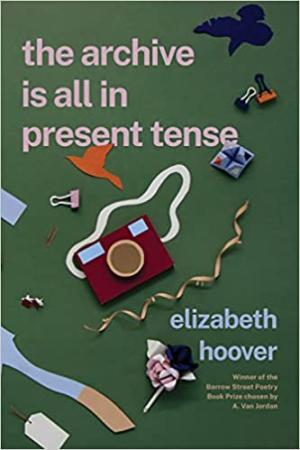 The opening poem, “sometimes the archive is a spring snow,” addresses the variable nature of a person’s experience within a research trip, stressing the interplay of subjective and objective worlds as the unchanging objects within an archive summon unpredictable change in the researcher. An idea that resurfaces throughout the book concerns the way our own histories arise to envelop and move in response to the objects and texts we have requested to study. Thus the archive preserves the past but also creates a new future for each person who interacts with it.
The opening poem, “sometimes the archive is a spring snow,” addresses the variable nature of a person’s experience within a research trip, stressing the interplay of subjective and objective worlds as the unchanging objects within an archive summon unpredictable change in the researcher. An idea that resurfaces throughout the book concerns the way our own histories arise to envelop and move in response to the objects and texts we have requested to study. Thus the archive preserves the past but also creates a new future for each person who interacts with it.
The table of contents must be regarded as part of the poetry. After the opening poem, three sections—Part I: Material Culture, Part II: Narrower Terms, and Part III: See Also—evolve through a rhythmic arrangement of titles, each beginning with a text called “Subjects.” The “Subjects” texts perfectly resemble library subject headings from card catalogs. In the succeeding titles Hoover marshals the specialized vocabulary of archival search to great effect in tandem with poetic affirmative statements. The first section includes a delightful sequence following the pattern of the title poem, then “the archive husbands time,” “the archive sings all winter,” and so on, interspersed with titles beginning “Catalog Card Entry:” that do in fact take the form of a catalog card entry. The singular entry in this section is a call number, “TJ 1015. H66.” The brief middle section includes only one of the “the archive…” poems, followed by “ACT I, “Intermission,” and “ACT II.” The third section is devastating, tracing from “The Archive’s Archive” through a second iteration of “in the archive you need a name” to “the archive tells you you are in the wrong war,” and “Card Catalog Entry: Unknown,” concluding with “and in the end the archive keeps its own counsel.” A brief “See Also” refers us to three references books on queer identity and archival phenomena that were Hoover’s sources for the section front page quotations.
The book offers an excellent array of changeable form, most satisfying to the jaded researcher who has read everything and longs for novelty. A prose poem pops up in “Act I” and again near the end, “what the archive hides in its benthic dark,” to process archival experiences as nightmare, as horror, with resurfacing motifs of murk, muck, musk: the frightening, smelly realities of life and death one pulls up, conjured forth by the seemingly sterile, contained, rational cards in drawers or papers in boxes. And then a scene from Howdy Doody turns sinister as puppets atavistically revert to Punch and Judy.
Archival researchers invariably come to these repositories of meaning with a combination of overt and stealth agendas, as one might visit an oracle or go on pilgrimage. Such collections possess unique properties and have been often compared to portals for time travel, but can just as easily yield nothing, rebuffing attempts to breach their facades. “The archive is full of deferrals,” as Hoover says. In short, archives, as Hoover dances them out for us, have much to teach us about our own desires. An empty page, in such a place, can be “a blank my want tumbles into.” There are inevitably feelings of vulnerability and self-consciousness about being under surveillance: “Librarians bring everything I write on a call slip / without judgement or warning,” reflects the title poem, but later librarians command the speaker to “hush” in a scenario almost certainly fictive yet emotionally accurate. Archival scholars do cry out, weep over materials, have nightmares and flashbacks from prolonged psychic taxation. The silent policing inherent in the situation combines with new to the reader atrocities, wakes up old wounds. For every magical finding, we meet with ten reminders of mortality, others’ and our own.
Why would anyone voluntarily submit to all this? I remember sitting in the Stuart A. Rose Manuscript, Archives, and Rare Book Library at Emory University and crying uncontrollably while reading the account of John Reed’s death in The Liberator. I had gotten a chance to come in and see the magazines before they were cataloged through the gracious kindness of Kevin Young, who was then the curator. I had known the basics of the story in advance and had no thought that it would have such an effect on me. It was mortifying to sit there going through an entire box of tissues among witnesses. Afterward in private reflection, I saw that in some small way I had shared a generational wound—an emotional truth without which I would never be able to understand them intellectually. Whatever we think about these collections of evidence for whatever is our thesis, we are all humans with bodies, and to receive whatever inheritance is available to us from archives, we have to be ready to accept that it can come to us through the body.


